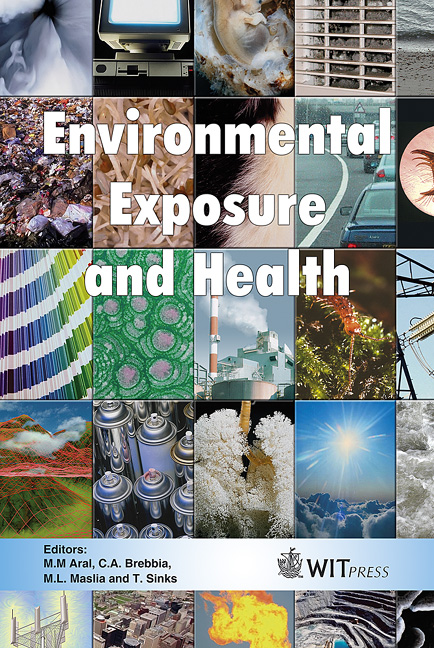Chloramination Techniques To Reduce NDMA Formation During Disinfection
Price
Free (open access)
Transaction
Volume
85
Pages
6
Published
2005
Size
275 kb
Paper DOI
10.2495/EEH050111
Copyright
WIT Press
Author(s)
I. M. Schreiber & W. A. Mitch
Abstract
Previous studies modeled NDMA formation during chlorine disinfection as arising from the oxidation of an unsymmetrical dimethylhydrazine intermediate formed from the reaction of monochloramine and dimethylamine. However, chlorination of wastewater effluents indicated that this mechanism could not account for a significant portion of the observed NDMA formation. Laboratory studies indicated that the order of reagent addition can have a significant effect on NDMA formation. Important factors included the chlorination state of organic nitrogen precursors and the formation of dichloramine. Disinfection systems were devised that maximize the formation of chlorinated organic nitrogen precursors and minimize dichloramine formation in order to minimize NDMA formation. Preliminary results from pilot testing indicate the effectiveness of these disinfection scenarios during chlorination of drinking waters and wastewaters. Evidence for a new reaction pathway to explain NDMA formation during chlorine disinfection is presented. Keywords: chloramines, disinfection by-products, NDMA. 1 Introduction As a result of the reduction in the allowable concentrations of trihalomethanes (THMs) and haloacetic acids (HAAs) in treated drinking waters resulting from the US EPA Disinfection Byproduct Rules, drinking water utilities are considering switching to chloramine disinfection to minimize THM and HAA formation. Increasing population densities are necessitating the use of wastewater-impacted drinking water supplies that exhibit higher levels of dissolved organic nitrogen (DON). In addition, the elevated levels of inorganic nitrogen in wastewater effluents, together with those resulting from non-point
Keywords
chloramines, disinfection by-products, NDMA.




